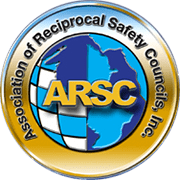By R. Ronald Sokol, CSP
President and CEO of Safety Council of Texas City
Now on to the governmental affairs update. The first thing I’d like to comment on is the monumental change of how things now get done in Washington. It’s called governing by Executive Order (EO). To illustrate my point, let’s look at the governing strategies of the past four President’s as it relates to the use of EO’s during their first 100 days in office. President Bush issued 13 EO’s during his first 100 days. President Obama issued 34 EO’s during his first 100 days and President Trump issued 39 EO’s. President Biden has issued 60 EO’s during his first 100 days and one of the first EO’s was to instruct the Director of the Office of Management and Budget (OMB) to develop recommendations to modernize regulatory review aimed at reversal of the Trump EO that required two regulations to be eliminated from any governmental regulatory agency before one new regulation could be proposed. I believe the next four years will witness a greater increase in governmental oversight. Speaking specifically in the areas of safety and health, I anticipate a greater emphasis on the enforcement of worker safety and health regulations. Democrats introduced a labor rights bill called the PRO ACT that would allow the National Labor Relations Board (NLRB) to levy fines against employers who violate workers’ rights, give employees more power to participate in strikes, weaken so-called right to work laws, and offer certain independent contractors the protections held by employees.
